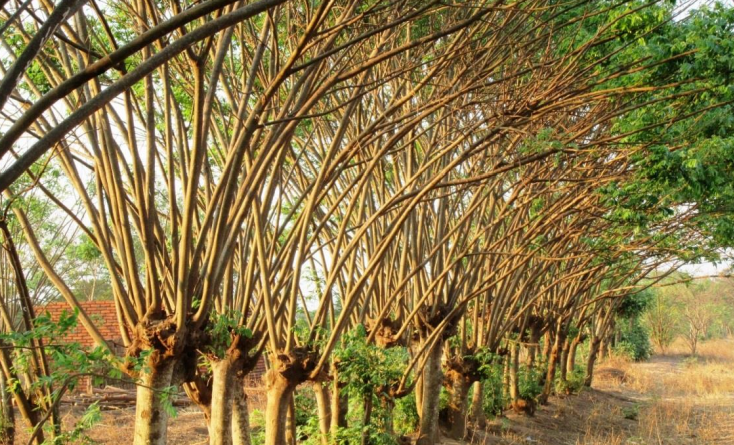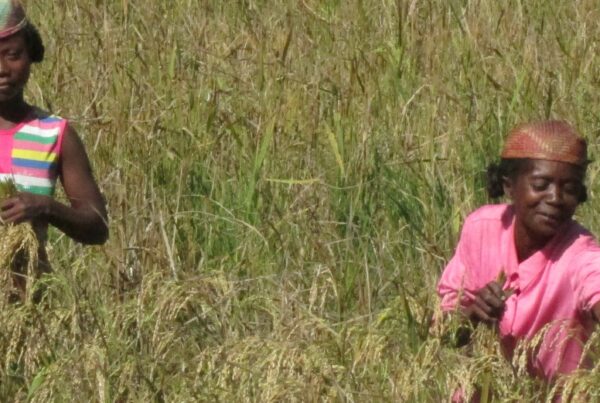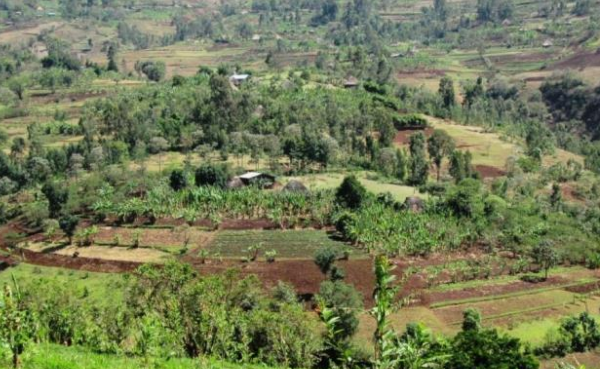A study was completed in 2016 in the Lilongwe District in Malawi on the wood needs of rural households. It aimed at better knowing the wood needs of rural families and understanding the challenges they face. From there, different practical agroforestry solutions put in place by households were compared and documented. The documents found below include:
- The study (summary and entire document)
- Concrete examples through documented case studies
- Practical documents on the solutions observed (pollard and coppice pruning techniques; tree protection; common woodlots)
For the majority of rural families in central Malawi, wood needs are important and constitute their only energy source, with crop residues. Today, families face more and more difficulties in obtaining wood and prices are on a constant rise. Crop residues are an alternative that bridges the increasing deficit in wood but they do not constitute a durable option, due to the effect of this practice on the fertility and structure of agricultural soil. However, solutions do exist to improve households’ supply in wood. Tree plantation should be encouraged and supported to ensure a rate of reforestation that will allow households to fulfill their current needs in wood but also constitute new stocks to face demographic growth. The use of pruning techniques is in this regard promising, as seen with farmers who are able to obtain profits from the sale of wood issued from the sustainable management of the trees. Daily wood needs (fuelwood, timber, fruits, fertility…) must be met while contributing to the reconstruction of indigenous species and in this way limiting the frailty of ecosystems, in a region strongly affected by climate change.





